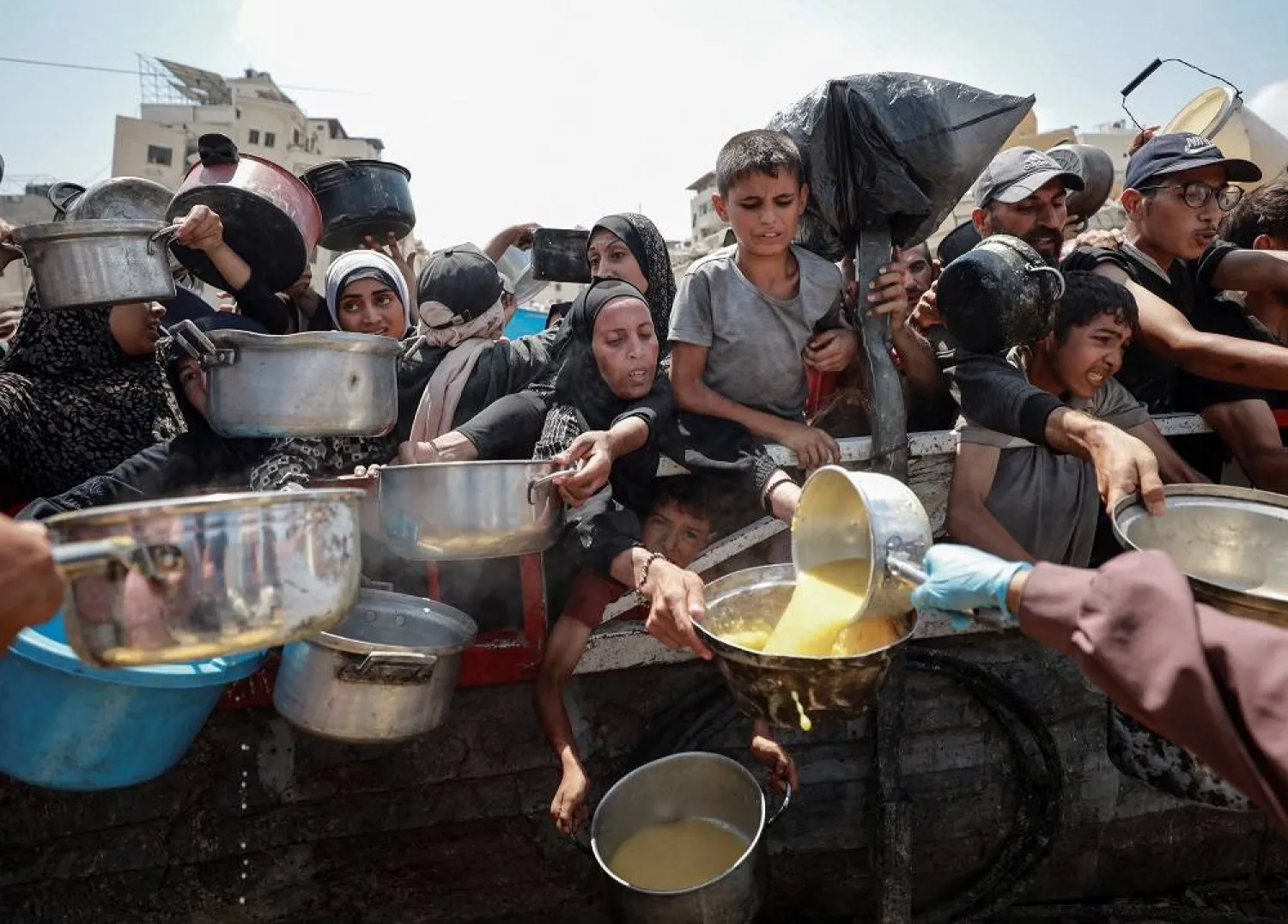For French and Belgian investigators, the fall of ISIS group's strongholds in Syria and Iraq kindles hopes of ensnaring some of the ringleaders of the 2015-16 terror attacks in Paris and Brussels, Agence France Presse reported.
Among the most wanted ISIS figures sought for their suspected involvement in the slaughter, three are at the top of the list -- though their whereabouts are unknown and they may even have been killed in the offensives to free the ISIS strongholds of Raqqa, Syria, and Mosul in Iraq.
Belgian and Moroccan national Oussama Atar, 32, is a veteran militant who spent seven years in various US prisons in Iraq where he is thought to have been radicalized, AFP said.
Investigators suspect him of masterminding the attacks that claimed 130 lives in Paris in November 2015 and left 32 dead in Brussels in March last year.
Belgian police found a computer near a hideout used by the Brussels attackers containing evidence that they were in close contact with Atar, who was based in Raqqa at the time.
An Algerian arrested in late 2015 in Austria as he returned from Syria identified Atar from a photograph as the man who ordered the attacks.
The United States placed Atar, whose nom de guerre was Abu Ahmed, on a list of "specially designated global terrorists" in June this year, describing him as a "leading coordinator" of the attacks in Europe, AFP said.
According to the European arrest warrant for Atar, he is the uncle of Ibrahim and Khalid El Bakraoui, brothers who blew themselves up in the Brussels attacks of March 22, 2016, one at the airport and the other in the metro.
Ahmad Alkhald, thought to be an alias, is a 25-year-old Syrian from Aleppo who is suspected of making the bombs and suicide belts used in the Paris and Brussels attacks, AFP said.
His other aliases include Yassine Noure and Mohammed Alqhadi.
His DNA was found on a suicide vest worn by one of the assailants who blew themselves up outside Paris' Stade de France stadium on November 13, 2015, when a string of restaurants and bars in the French capital also came under attack.
Investigators have established that Alkhald arrived in Europe via the Greek island of Leros posing as a migrant in September 2015, then returned to Syria two weeks before the Paris attacks.
According to the news agency, he is also on the US list of "global terrorists", described as the "explosives chief" of the Paris and Brussels attacks.
Abdelilah Himich, 27, is a Franco-Moroccan who served in France's Foreign Legion in Afghanistan before deserting from the prestigious force in 2010.
Nicknamed "Abdel the Legionnaire" as well as Abu Sulayman al-Faransi ("the Frenchman"), he is also on the US terror watchlist, described as a "senior foreign terrorist fighter and external operations figure,” AFP said.
Washington says he created "a European foreign terrorist fighter cell" with up to 300 members at its height that carried out attacks in Iraq and Syria as well as planning the Paris and Brussels attacks.
Born in Morocco, he grew up in the small town of Lunel near Montpellier in southern France, which became a breeding ground for militants, AFP added.







